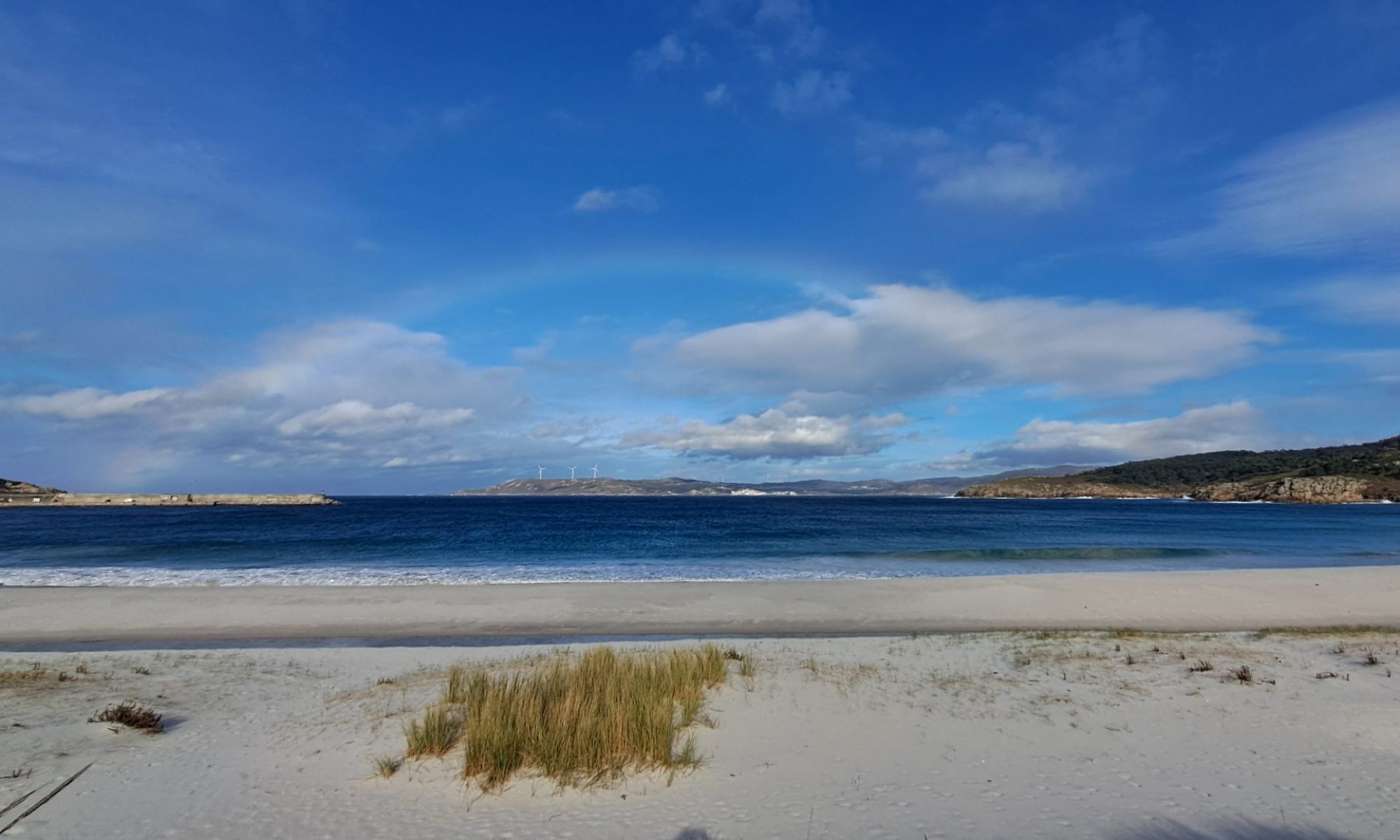In my lengthy quest to get bits of paper saying I can coach I did my Moderate Water Endorsement – White Water with Kim Bull. There were three of us doing a day of training then a day of assessment.
We started off with him doing four short coaching sessions with us on ferry gliding. They covered the four fundamentals and the four teaching styles. Connectivity/guided discovery – where are you touching your boat and order those places from most to least important. Power transfer/practice – try at 30%, 40% and 50% effort. Posture/command – ferry glide and imagine there’s a string out of your head pulling yourself up. Feel/self check – think how it feels as you paddle across.
Next the three of us students did sessions on breaking in/out for each other. Sam did a session on stern rudder break ins and us to feel where the pressure is. I did a session on imagining it was a slalom, visualising the strokes needed then checking they were doing that. It turned into guided discovery when I was asked if bow rudder or stern rudder was better answer: bow rudder is for slalomists because you can turn it into a forward stroke) so we explored that along with the angle of the blade in the bow rudder (90 degrees to the current, not relative to the boat).
After lunch we moved down the river and Kim did a session on stern rudder break ins. This is not something I’ve come across before but apparently it’s the best way for beginners and others to break into the current. The stern rudder required feels a lot like a bow rudder, just further behind the boat. It’s not as sudden as a bow rudder and it does more than a support stroke.
We looked at coaching leadership, when we are making decisions on how to do a rapid we need to be aware of the process that lets us make that decision so we can share it with others who will then learn to be river leaders.
One more session from each student, tactics of ferry glides, s-bend break out and ins and I did a session on surfing a wave (which we didn’t really manage, tricky wave).
The next day was assessment day. 6 canoeists turned up. All in dry suits and with their own river boats, was this a sign they knew how to tackle basic rapids already? We each had to do two sessions both of 45 minutes. I hadn’t had much inspiration the night before on sessions and was still pondering what to do when one of them asked what a draw stoke on the move is. So I quickly improvised a session on just that, using a fairly smooth rapid and shouting “rock” at them to get them to react with their draw. For my second session I did the visualising slalom which I had done the day before, focusing more on getting them to have confidence in their break in. Turns out people with dry suits and river boats aren’t necessarily great paddlers.
I was told my assessment sessions were both very good and I would have passed. Alas I haven’t done enough coaching hours in the required environment to be able to pass so this was just for experience and I’ll need to do it again.
We used the River Tyne in northern England. Basic grade 1 maybe 2 rapids. Much talk of access restrictions, hassles from anglers and jealousy about freedom in Scotland. MWE is a useful course, not too lengthy, which brings together 4-star river leadership and level 2 coaching.
